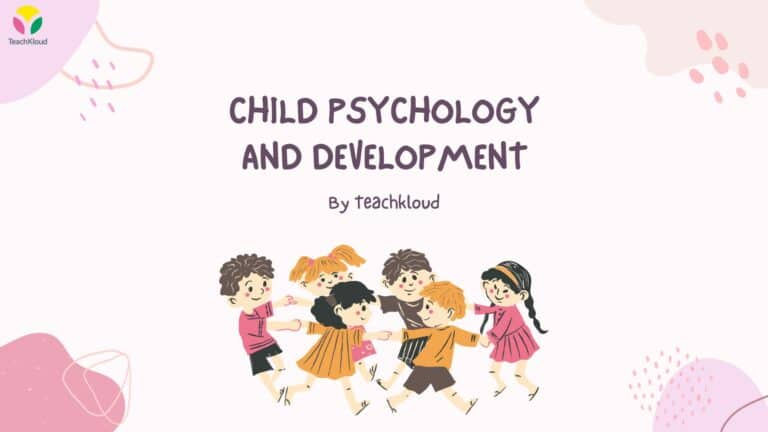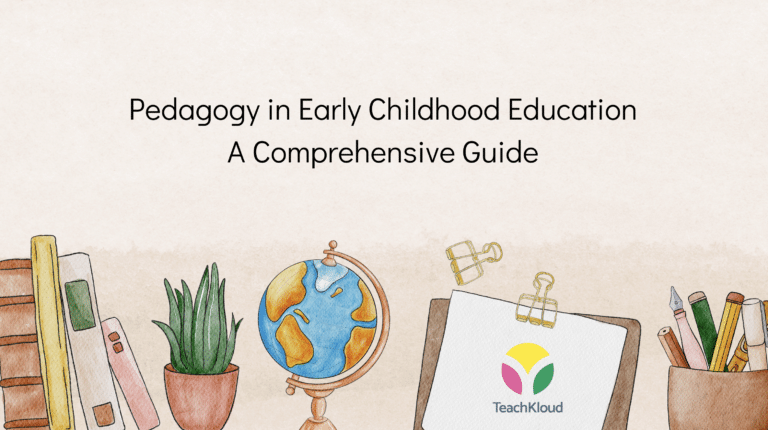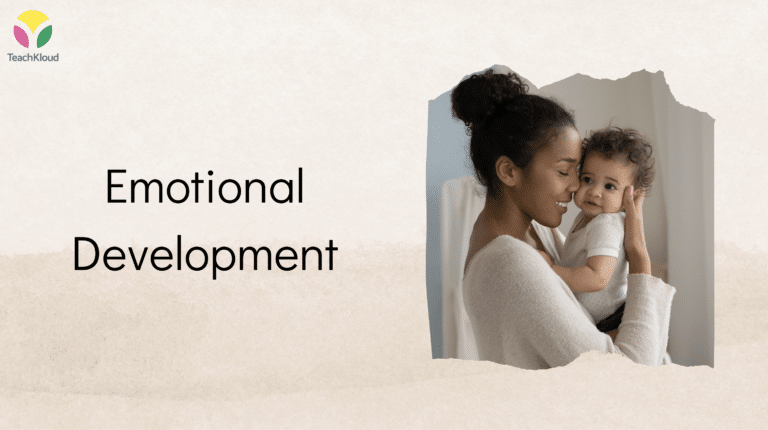The ABC approach can be helpful in understanding and guiding children’s behaviour. Download / view our free ABC Model infographic here. Take our free, video course on guiding children’s behaviour for teachers and parents via our sister website Kloud Academy!
What is the ABC Model?
The ABC Model is commonly used as a treatment in Cognitive-Behavioural Therapy or (CBT) interventions. It was proposed in 1956 by Albert Ellis.
The ABC model can support you in understanding the purpose of a behaviour. The A is for Antecedent, the B is for the behaviour or belief and the C is for the consequence.
An Antecedent is the situation or event that triggers the behaviour. It can be external (situation or behaviour by others) or internal (thought, image, fantasy, behaviour of self, sensation or emotion).
The Belief: or what the situation means to the child, is the child’s interpretation of the antecedent. B can also stand for the behaviour. That is, the specific behaviour that is triggered by the antecedent. In this course, we will focus on the belief that the child has, as this can help determine the root cause or motivation for the behaviour. When describing the belief or the behaviour, it is important to be specific. Rather than using negative terms or descriptions like “John is rude and throws tantrums”, describe what the child is doing and focus on the behaviour.
Lastly, the Consequence is the Reaction or behaviour produced by the mental evaluation of the antecedent. The consequences can be emotional (emotions), cognitive (such as thoughts) or behavioural (such as actions). This model proposes that the child’s reaction isn’t motivated by the event itself, but by the judgement the child makes of it, by the evaluation and processing of its implications.
There are other accepted variants of the ABC model. Although the idea of a linear development of events is the basic proposed scheme, for example, that the belief or behaviour comes after the antecedent. However, we know that this is not always the case.
One option is CB: many times, the “C” which stands for (consequence) modifies the “B” or behaviour with adequate reinforcement. Therefore, consequences (that is, emotions, thoughts or behaviour’s) can partly modify and determine beliefs.
Learn more about guiding young children’s behaviour using practical strategies, in our free video course on Kloud Academy!
What’s Included in the Free Guiding Children’s Behaviour: Theory and Practice Course
- Terminology relating to guiding children’s behaviour
- Importance of relationship building using the Model of Attachment (Siegal, 2020)
- Factors that Influence Behaviour
- Functions of Behaviour
- Evaluating Behaviour using the ABC Model
- Practical Strategies for Behaviours That Concern
- Ten Focused Practical / Proactive Strategies such as the Bucket List



